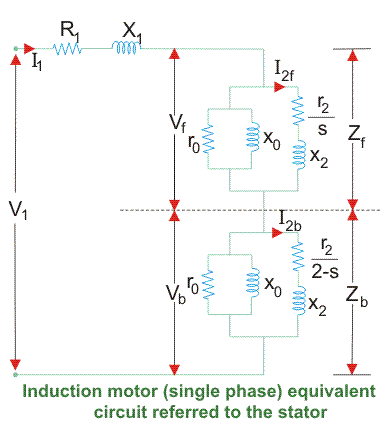You are using an out of date browser. It may not display this or other websites correctly.
You should upgrade or use an alternative browser.
You should upgrade or use an alternative browser.
I made a mill
- Thread starter Matplat
- Start date

Help Support Australia & New Zealand Homebrewing Forum:
This site may earn a commission from merchant affiliate
links, including eBay, Amazon, and others.
Weizguy
Barley Bomber
Mostly agree. The optimum gap size depends on both the knurl size and, more importantly, the roller diameter - which determines surface speed.Matplat said:Wow, 1.6mm! I think that the optimum gap size depends alot on the size of the knurl on the rollers. Looks like off-the-shelf mills have a much coarser knurl. If I were to set the gap at 1mm as it seems alot of people do, I would end up with flour.
It's great that you have 75% efficiency. I'd be happy if I had that as a consistent result.
Ducatiboy stu
Well-Known Member
- Joined
- 2/4/05
- Messages
- 14,268
- Reaction score
- 3,832
My 50mm rollers need about 0.9mm and they have a fairly decent knurl.
I also dampen the grain first which aslo make a fifference
I try to aim for about 20-30 % flour
I also dampen the grain first which aslo make a fifference
I try to aim for about 20-30 % flour
Lyrebird_Cycles
Well-Known Member
- Joined
- 10/7/16
- Messages
- 1,438
- Reaction score
- 777
Matplat said:As I understand it, you can't slow down AC motors with a speed controller as the current draw goes up and it overheats.
A bit belated but here goes:Matplat said:Is there anyone here that can confirm or reject my claim above?
Power = torque x speed, so for any motor if you reduce speed at constant power you must increase torque. For most motors increasing torque increases current draw BUT in this case the torque requirement should go down with the speed so that doesn't apply.
Next we have the problem of back EMF: any motor also acts as a generator, producing a voltage opposing the drive voltage, called back EMF. Forward voltage is the difference between drive voltage and back EMF so when the motor speed is reduced the forward voltage is increased. If the winding impedance was constant, this would increase current draw BUT winding impedance on a single phase motor is a complex function of load and speed, as below:

The next problem is that the cooling fan is attached to the motor shaft so as the motor slows the cooling is reduced. Some motors have a special cooling fan drive to offset this but yours is not one.
All this is moot if you use a VFD, every one I've seen has a facility to control the drive voltage and current as required.
BTW I don't think the speed is you actual problem, I think it's the combination of knurling and undriven second roller. Real malt mills run quite fast, up to 4 m.s-1at the surface (about 500 RPM for a 150mm roller, though rollers are usually larger than that).
The problem with the undriven roller is obvious when you ask yourself: what's making it move? The answer is the drive force is being transmitted through the grain. Since you've got drive force on one side and resistance on the other, this places the grain in shear. Shearing grain tears the husk.
Matplat
Well-Known Member
- Joined
- 15/1/15
- Messages
- 1,233
- Reaction score
- 451
Been meaning to update this thread for a while....
I took lyrebird's advice and made some effort to drive the slave roller, I got a few decent wide rubber bands and wrapped them around the drive roller.
It made adjusting the gap a little harder, but it worked! I wasn't sure that it would, because the feeble grip exerted by the rubber band contact patch on the dusty slave roller, didn't seem like it would make much difference...
The immediate difference I noticed was when mashing in, almost zero dough balling compared to before, and, subsequently, the flow through the bed was much better during the mash. I also gained a few efficiency points in the process.
I think I will transfer some of the rubber bands to the slave roller, so it will then be rubber driving rubber, rather than rubber driving metal.
But yeah, anyone looking for a cheap/simple way to drive a slave roller, this is a totally viable option.
I took lyrebird's advice and made some effort to drive the slave roller, I got a few decent wide rubber bands and wrapped them around the drive roller.
It made adjusting the gap a little harder, but it worked! I wasn't sure that it would, because the feeble grip exerted by the rubber band contact patch on the dusty slave roller, didn't seem like it would make much difference...
The immediate difference I noticed was when mashing in, almost zero dough balling compared to before, and, subsequently, the flow through the bed was much better during the mash. I also gained a few efficiency points in the process.
I think I will transfer some of the rubber bands to the slave roller, so it will then be rubber driving rubber, rather than rubber driving metal.
But yeah, anyone looking for a cheap/simple way to drive a slave roller, this is a totally viable option.
Similar threads
- Replies
- 4
- Views
- 1K
- Replies
- 3
- Views
- 2K
- Replies
- 3
- Views
- 5K



